How and why do zero-car households seek car access? We used a national online survey of 830 American adults and interviews with twenty-nine low- and moderate-income travelers about their car access behaviors to answer this question.
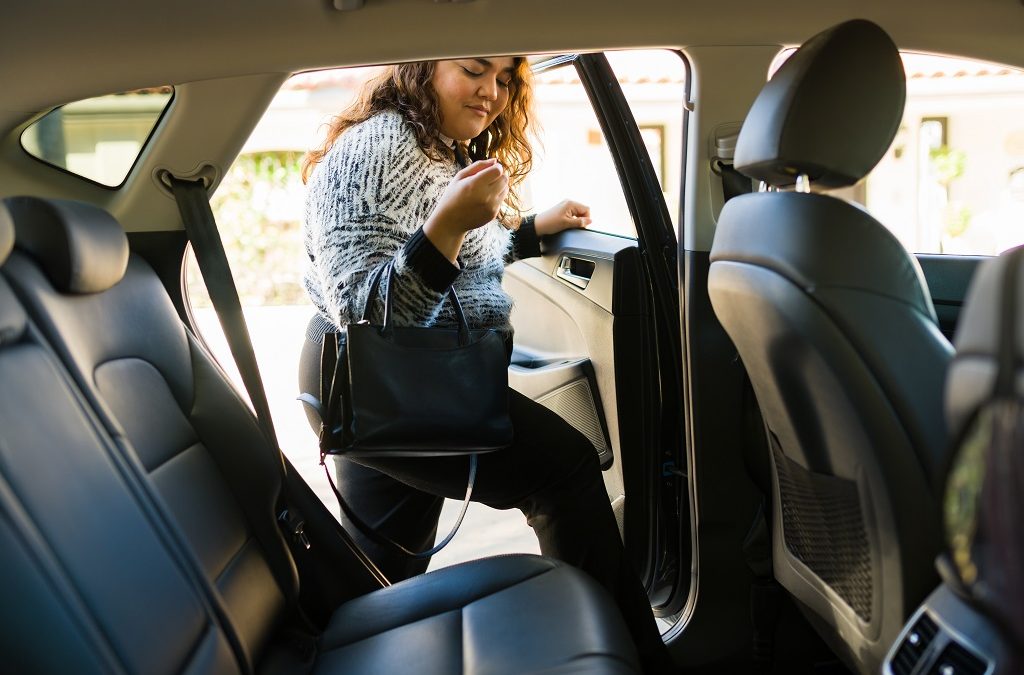

How and why do zero-car households seek car access? We used a national online survey of 830 American adults and interviews with twenty-nine low- and moderate-income travelers about their car access behaviors to answer this question.
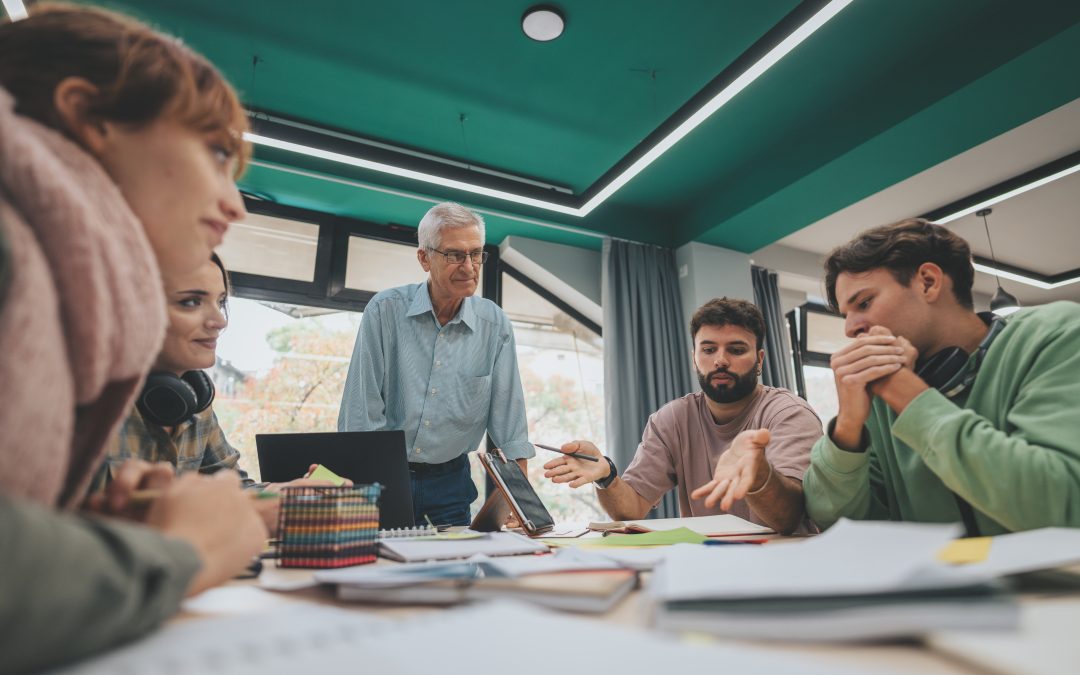
We surveyed transportation students and the U.S. public to explore consensus and divergence in policy preferences.
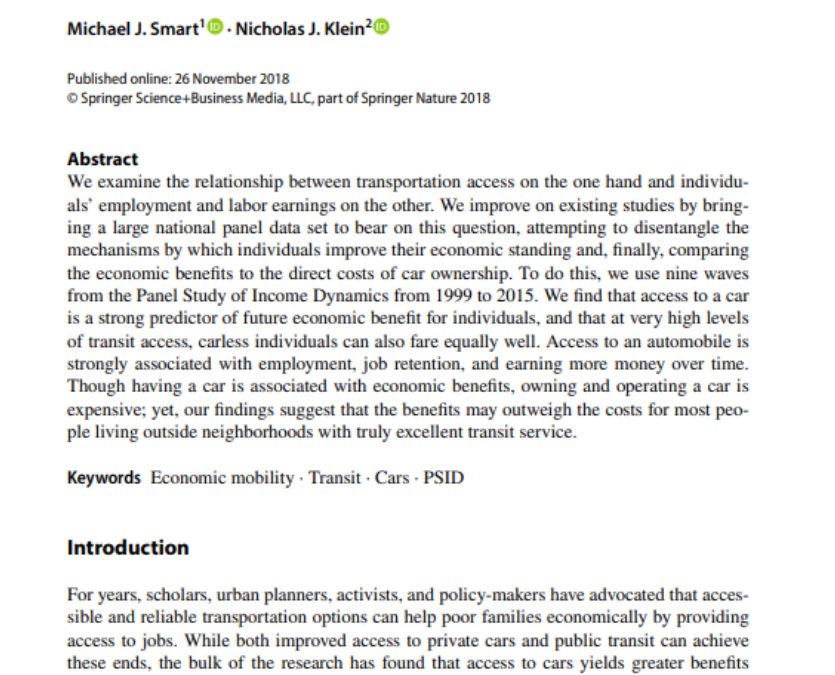
In this article, Professor Smart and Nicholas Klein (Bloustein PhD, 2014) find that having a car helps Americans find jobs, keep those jobs over time, and move up the economic ladder.
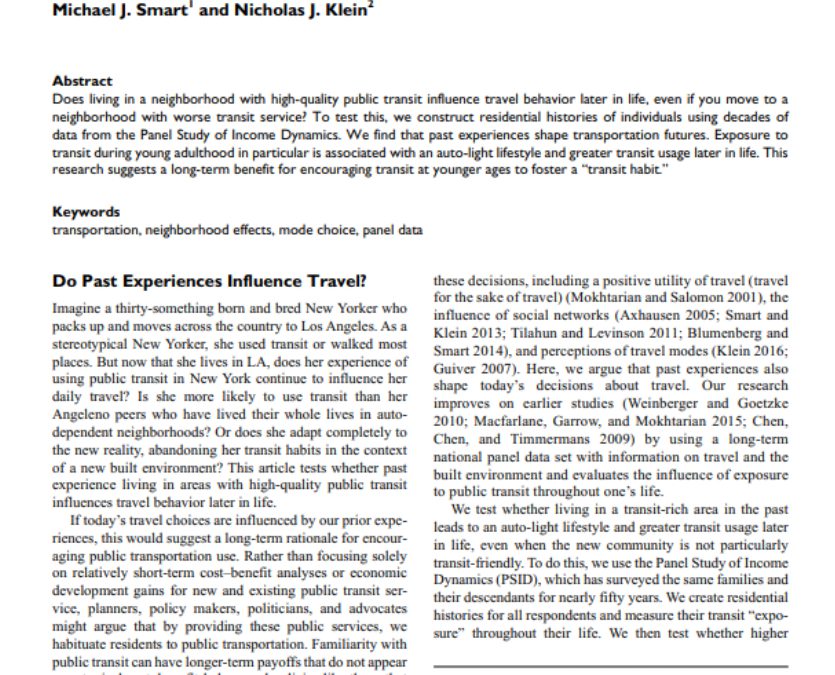
This research suggests a long-term benefit for encouraging transit at younger ages to foster a “transit habit.”
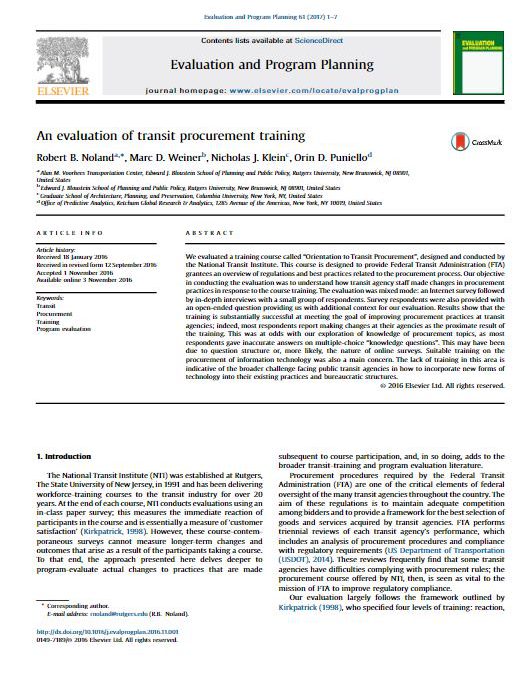
We evaluated a training course called “Orientation to Transit Procurement”, designed and conducted by the National Transit Institute.
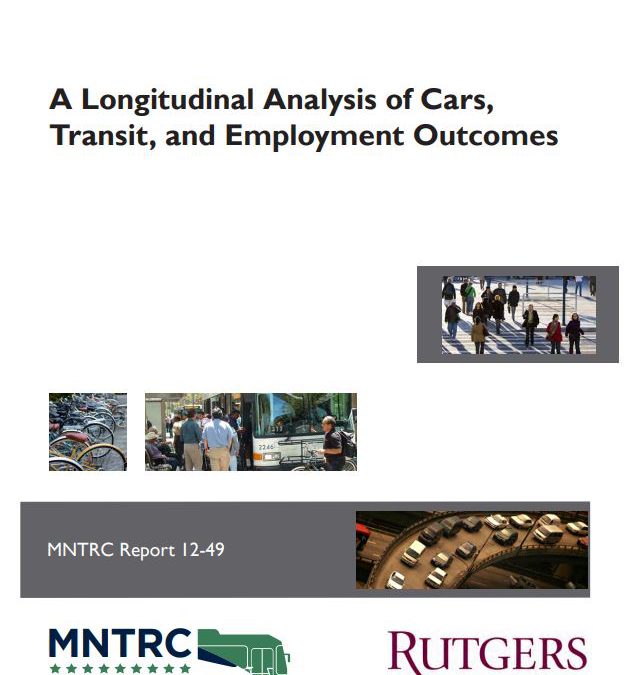
This report improves on existing data by analyzing groups that have variable access to automobiles – poor families, immigrants, and people of color.
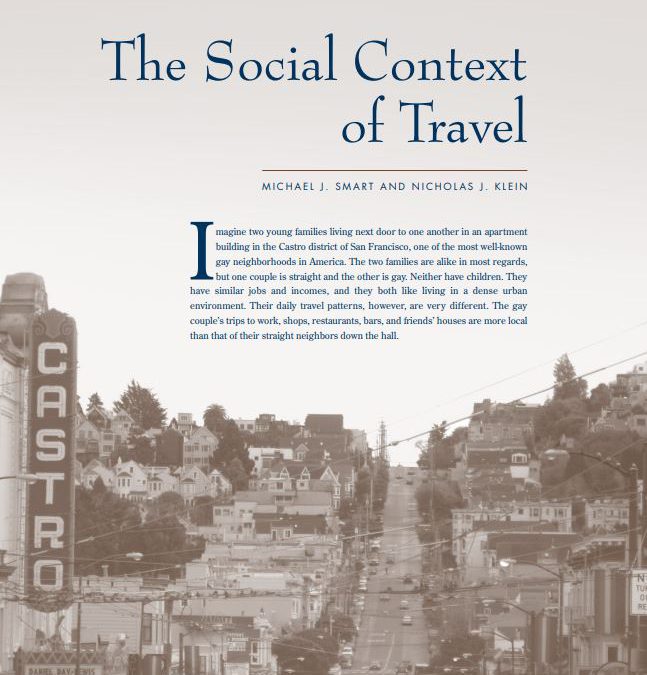
The authors examine how the social context of a neighborhood can influence activity and travel patterns of those living in “neighborhoods of affinity,” where members of a group with strong social ties live and work.
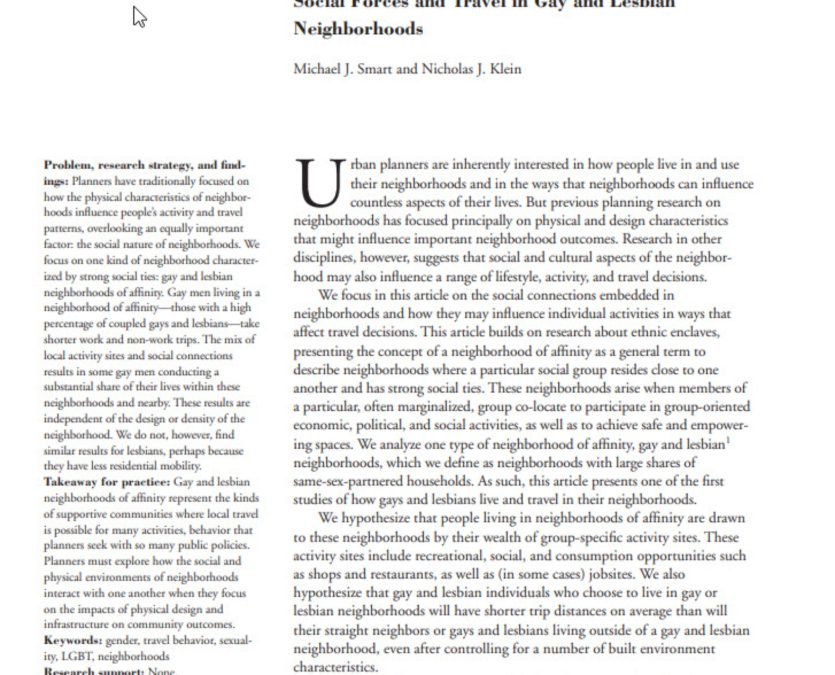
Gay men living in gay neighborhoods travel much shorter distances on average than their straight next-door neighbors do.
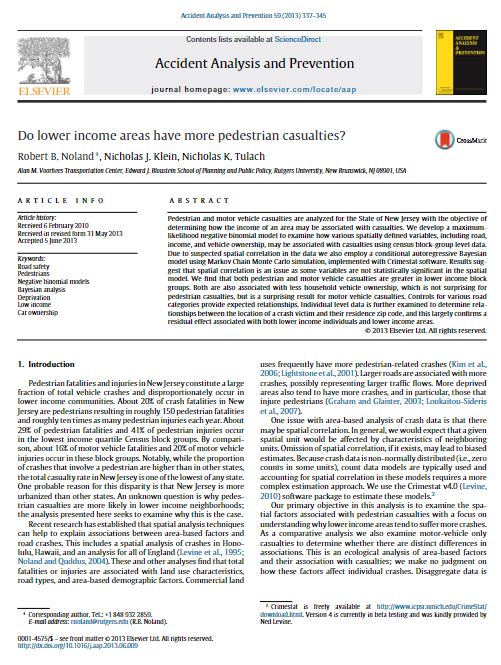
Pedestrian and motor vehicle casualties are analyzed for the State of New Jersey with the objective of determining how the income of an area may be associated with casualties.
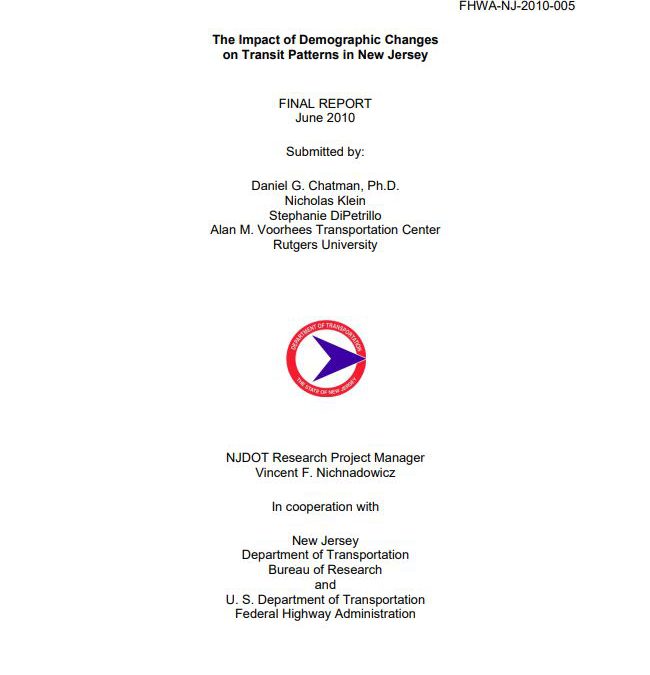
Foreign-born residents of New Jersey account for a fifth of its population but almost 40 percent of its transit commuters and all growth in transit commuting since 1980.
Objective While fatal crashes are available through the Fatality Analysis Reporting System (FARS) and are readily available to the public, many states do not make their crash data easily accessible for the public and the research community. The public has an interest...
Through this research, NJ TRANSIT sought to understand how women and members of the lesbian, gay, bisexual, transgender, queer plus community, sometimes referred to as sexual and gender minorities (SGMs) travel on NJ TRANSIT so the agency can provide better...
Recent advances in biometric sensing technologies, such as eye tracking, heart rate trackers, and galvanic skin response (GSR) sensors, offer new opportunities to measure pedestrian stress level and their travel experiences in real-time. Uncertainty remains about...
Background Increasing evidence positively links greenspace and physical activity (PA). However, most studies use measures of greenspace, such as satellite-based vegetation indices around the residence, which fail to capture ground-level views and day-to-day dynamic...